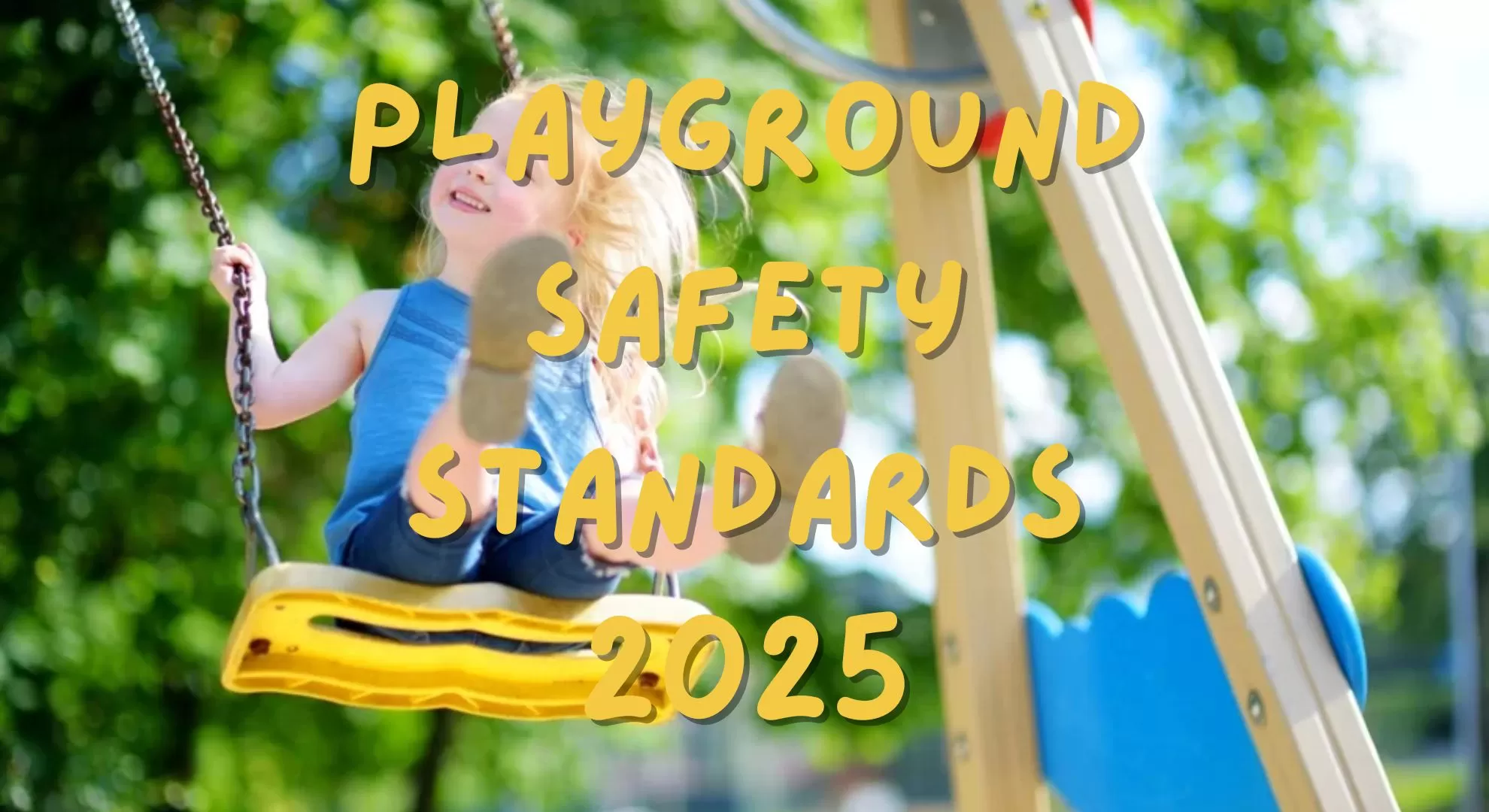A daycare in Texas was sued for $150,000 in 2023 when a child broke their arm on a slide that did not comply with ASTM playground safety standards. These types of incidents are not uncommon; in the United States alone, there are approximately 200,000 playground-related injuries annually and a significant number of those are due to non-compliant designs or outdated equipment.
As communities begin to take child safety seriously, 2025 will witness the stricter implementation of national playground safety standards. Organisations like CPSC and IPEMA now require annual third-party certifications for public play areas. For schools, parks, and childcare centres, compliance is no longer simply about fines, but rather about ensuring children can thrive in safe environments riddled with minimal risks.
Proactive compliance with early childhood playground safety standards can lead to a 60 percent reduction in playground accidents, especially as we have witnessed at NanPlay. So let us review the most recent updates and some practical steps to create safer playgrounds.

The new changes in 2025 focus on advanced risks such as climate-resilient materials and inclusivity. Here’s what’s new:
Key Updates Across Regions
| Standard | Region | 2025 Changes |
|---|---|---|
| ASTM F1487 | U.S., Canada | Increased guardrail heights for elevated platforms (minimum height 38 inches) |
| EN 1176 | EU, Australia | Impact-absorbing surfacing is now a requirement for all climbing structures |
| AS 4685 | Australia, NZ | More stringent entrapment checks for modular play equipment |
| CSA Z614 | Canada | Swings now have regulated head-entrapment testing procedures |
Features Based On Location Nuances
Ontario and Texas: New regulations controlled heating-related injury risks by shading some structures.
New Zealand (ECE): Stricter guidelines on the types of materials used in early childhood playgrounds, timber is encouraged.
Washington State: Mandatory drainage under rubber surfaces to eliminate mould.
Download the checklist from the CPSC Public Playground Safety Handbook for additional details.
The process begins with hazard assessment. Employ the IPEMA Safety Audit Template or similar tools to check for transformer power lines, uneven ground, etc. ADA-compliant wheelchair access must connect all play zones.
Use ASTM approved plastics or powder-coated steel. For early childhood play areas, ensure rounded edges and non-harmful coatings. NanPlay modular playground systems are compliant with EN 1176 and CSA Z614 standards.
Foremost, employ installers with the IPEMA certification. Conduct impact assessments utilising a triax 2000 device to test if structural surfacing properly mitigates shocks (critical on swing zones).
Set up quarterly audits with the Playworld Safety Checklist, for sustaining mark reports of documented wear and tear to portions heavily used like the monkey bars.
The New Jersey playground safety standards now have a requirement for a 6ft unobstructed area around swinging activities. A bench too near moving equipment at a New Jersey school incurred an unjust $12,000 fine in 2024.
Fix: Highlight use zones using surfacing of a different colour.
In Ontario, materials for playgrounds must withstand -40 °F frost, while Australian standards require UV proofed plastics.
Fix: Collaboration could be constructed with experts located at the Playground Safety Institute where help is needed most- climate specific guidelines.
Washington State now has an annually mandatory inspection policy. Not complying incurs the risk of limitation.
Fix: Using maintenance scheduling tools within SafetyManager Pro provides a clearer view of kept standards.
Following 2025’s playscape safety guidelines may be complex, but the advantages are tremendous: enhanced safety, reduced liability, and more satisfied families. Whether you’re upgrading or designing a new playground, strive for compliance from the start.
NanPlay provides municipalities and schools free consultations for project alignment with ASTM, EN, and other local standards. Check out our case studies to see how we assisted a school in California with their inspections three weeks early.
Get a Customized Playground Safety Plan
2025 Playground Safety Updates: CPSC Guidelines & Best Practices
ASTM F1487-2025: Key Changes in Playground Equipment Standards
Thank you very much for your inquiry! Your trust is our greatest motivation. We are committed to offering playgrounds that combine high quality with affordable pricing. Let us bring vitality to your venue!